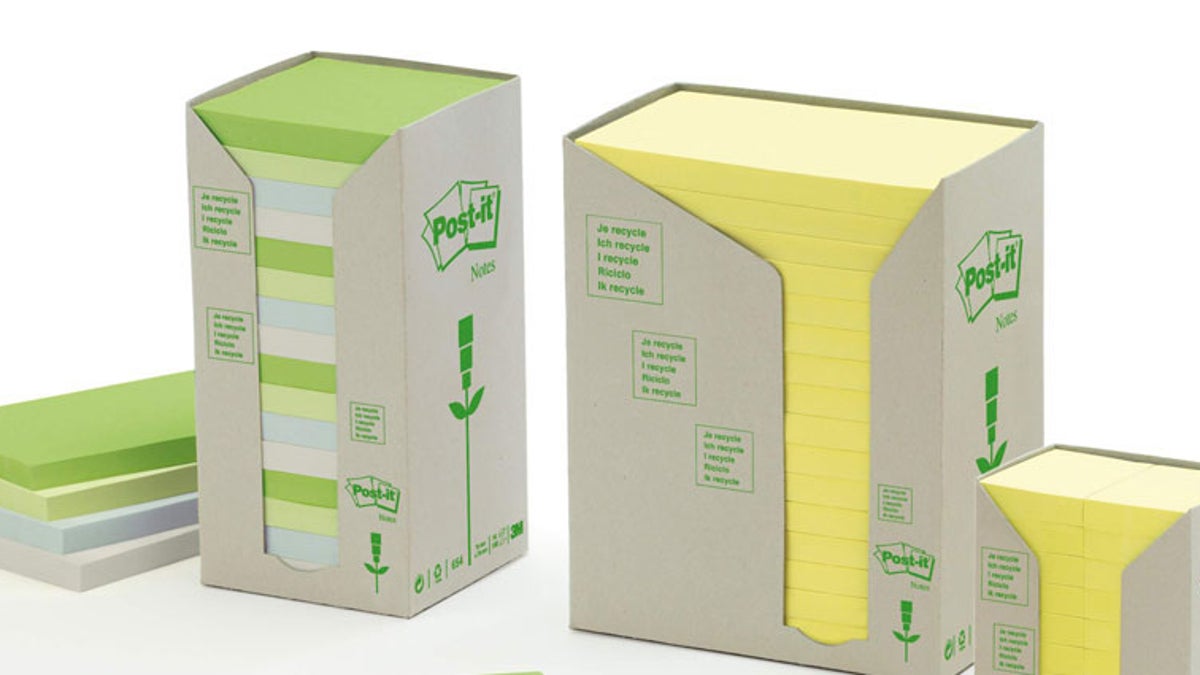Toyota, 3M, Siemens top green brands in survey
Interbrand ranks global brands of companies that have green practices, products, and services.

Interbrand released a report today ranking the world's most green brands in terms of both perception and performance.
The companies on their list are not just using green initiatives as a way of creating a positive image with consumers. They are also making money from them.
Toyota ranked first, not only due to the financial success of its hybrid-electric Prius and its partnership on the all-electric Tesla. But since 1992 the auto manufacturer has also made large strides reducing energy use, water consumption, waste, and toxic emissions, according to Interbrand.
Among the 50 top green brands, Toyota is followed by 3M, Siemens, Johnson & Johnson, Hewlett-Packard, Volkswagen, Honda, Dell, Cisco, and Panasonic, respectively.
It's probably no surprise that Toyota ranked first in Interbrand's Best Global Green Brands 2011 survey. But one might wonder how 3M, a diversified company best known for its paper products--traditionally one of the dirtiest industries in terms of environmental impact--is ranked second.
Consumers have become interested in buying sustainable products, and paper is recyclable.
One example of financial success stemming from a green endeavor was 3M's launch of a new version of its Post-It notes made from recycled paper. 3M also starting packaging large Post-It packs in recyclable carton containers in lieu of using plastic wrap and multicolored ink. The cartons use one green ink instead of multiple colors, and are identifiable with a 3M flower logo. The product was launched in North America and Europe in 2008. Demand was so high, 3M's Central European production line was at full capacity in record time, according to Interbrand.
Siemens was touted for its many renewable energy acquisitions, as well as its Green Buildings program, which Interbrand estimates saves 23,000 megawatt-hours per year. It's also obviously one of thelargest manufacturers of wind turbines with plans to be one of the top three by 2012.
HP still struggles to get its act together when it comes to energy consumption, GHG emissions, water use, and waste. But it's developed energy efficient Pod data centers, recycling and reuse programs, green packaging initiatives, ecosystem protection efforts, and some PCs that have a lower environmental impact. After HP was publicly challenged by Greenpeace in 2009, the company voluntarily made a lot of progress in removing toxic substances from its product lines. While doing all this it's also steadily let the public know, according to Interbrand.
Not everyone has been so media savvy.
Interbrand found that while HSBC, L'Oreal, and Nokia all ranked high in terms of sustainability, few consumers associated their brands with green products or environmental responsibility.
One reason for L'Oreal's brand perception could stem from multiple reports since 2007 that have found some of the company's products contain lead and other metals. L'Oreal has also not yet signed the Compact for Safe Cosmetics, while other companies have publicized their pledge for ingredient transparency to the consumer group.
"McDonald's, GE, and Coca-Cola, on the other hand, all scored significantly higher in perception than performance," said the report.
Interbrand surveyed 10,000 consumers from the world's top 10 leading consumer markets on brand perception: U.S., Japan, China, Germany, France, U.K., Italy, Brazil, Spain, and India. The scoring system was developed in conjunction with Deloitte, and used combined metrics that measured both brand perception, as well sustainability and supply chain statistics from Thomson Reuter's Asset4 report, which includes sustainability data on over 3,000 companies.

